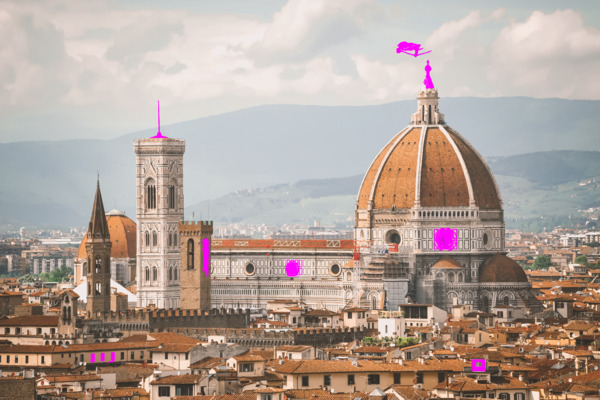What is Image Compare and its uses?
July 2, 2019
By admin
Learn more about Image Compare, its common uses and how to do it online
What is an Image Compare Tool?
An image compare tool, also known as an image diff tool, is a software application that allows you to compare two images and highlight the differences between them. These tools are often used by designers, photographers, and developers to compare different versions of an image or to find changes in visual data.
Here are some features that our image compare tool has:
-
Side-by-Side Comparison: Allows you to view two images side by side for a direct comparison.
-
Overlay Comparison: Overlays one image on top of the other, allowing you to see differences where the images do not align.
-
Highlight Differences: Highlights areas of the images that are different.
-
Zoom and Pan: Allows you to zoom in and out and pan around the images for a detailed comparison.
-
File Format Support: Supports a variety of image file formats, such as JPEG, PNG, GIF, TIFF, and more.
-
Color and Brightness Differences: Some tools can highlight differences in color and brightness between two images.
-
Pixel by Pixel Comparison: Some advanced tools can compare images on a pixel by pixel basis.
-
Ignore: Options like ignoring colors, ignoring transparency, ignoring antialiasing etc.
-
Privacy: This tool does all the processing on your browser, so nothing is saved on our server unless you choose to save.
-
Private Share: You can save the diff view as PNG file for sharing with others privately.
-
Public Share: You can share the diff view publicly with others by saving online and sharing the URL.
-
Unlimited: You can compare as many images as you want, there is no limit.
-
Secure: All the data is encrypted and sent over 128-bit SSL/TLS secure connection for online saved data.
What are the uses of an Image Compare Tool?
Image comparison tools can be used in a variety of contexts. Here are some common uses:
-
Design Review: Designers often use image comparison tools to compare different versions of a design and track changes over time.
-
Photography: Photographers may use these tools to compare different edits of a photo or to compare photos taken with different settings.
-
Web Development: Web developers can use image comparison tools to ensure that changes to code have not unintentionally altered the layout or appearance of a web page.
-
Quality Assurance: In software testing, image comparison tools can be used to compare screenshots of different versions of a software or app to identify any visual bugs or changes.
-
Forensics: In digital forensics, image comparison tools can be used to identify changes or anomalies in images.
-
Medical Imaging: In healthcare, doctors and medical professionals can use image comparison tools to compare medical images (like X-rays, MRIs, etc.) taken at different times to track the progress of a disease or the effect of a treatment.
-
Geographic Information Systems (GIS): In GIS, image comparison tools can be used to compare satellite or aerial images taken at different times to study changes in the landscape, vegetation, urban development, etc.
-
Art and Historical Research: In art and historical research, image comparison tools can be used to study differences and similarities between different works of art or historical artifacts.
Remember, the usefulness of an image compare tool extends to any scenario where you need to compare and understand differences between two images.
Example diff 📸
Here is an example of how the image comparison tool highlights the differences between two images:



Compare two Images
